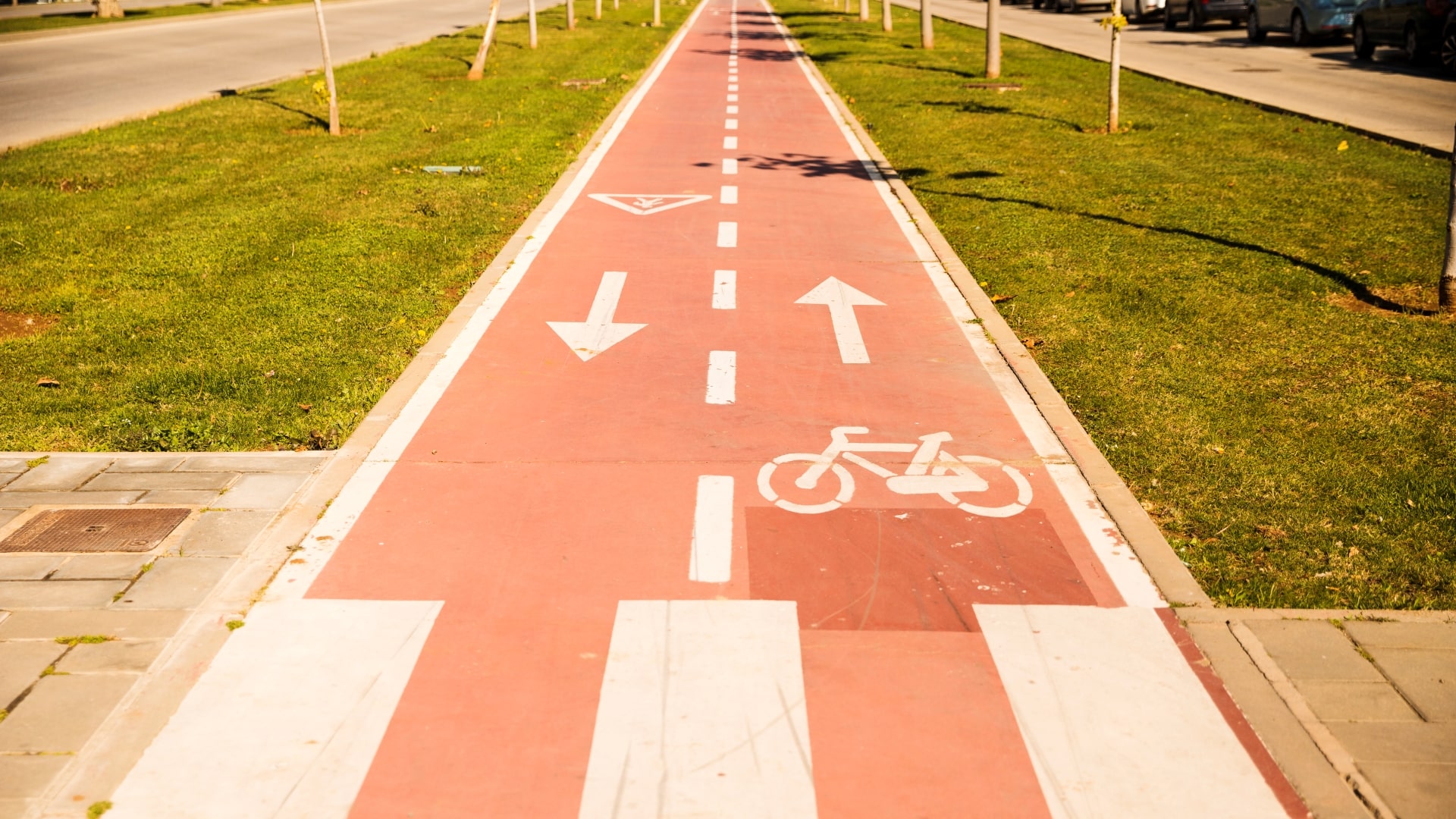
Research highlights preference for proper cycle infrastructure among e-bike and cargo bike users
289 days ago
3 minutes
Source: Transportation Research Interdisciplinary Perspectives
Research published in the latest edition of Transportation Research Interdisciplinary Perspectives reveals the route preferences of cyclists across different categories of bicycle.
The research was in part inspired by the growth of cargo and electric bike markets, in this case classed as ‘innovative’ bikes, as well as the numerous environmental and health benefits of cycling and improved cycling infrastructure. Researchers Michael Hardinghaus and Jan Weschke aimed to make better data available in the adoption and kinds of cycle infrastructure projects. The methodology adopted a graphically assisted online discrete choice experiment.
The different infrastructure needs anticipated by such innovative bikes includes potentially wider track, and consideration of different acceleration behaviour. The authors also identified the lack of past research that specifically compares or differentiates bicycle types. Small sample sizes and inconsistencies in conclusions lead them to state that current research is not sufficient for understanding route choice among these categories.
The sample set consisted of 687 users, of which 271 were e-bike users, 166 cargo bikes and 250 regular bikes. The majority of the group were males ages 25-54, with more than 70% being daily cyclists. For the route choices, features for cyclists to assess included whether arterial road or side street, presence of bike lane, cycle path, or protected bike lane, maximum speed for cars of 50 km/h or 30 km/h, cycle street (no through traffic, residents only), living street (max. speed cars 7 km/h), cobblestone or asphalt surface, presence of on-street parking, and presence of trees.
Findings from the survey indicated that individuals who use cargo bikes and e-bikes place a greater emphasis on the quality of infrastructure compared to those who use conventional bicycles. This underscores the need for increased investment in such facilities, given the continued rise in popularity of these bicycle types.
In terms of statistics, the research found that:
“Protected bike lanes for example are valued about 20 % higher by cargo bike users and even nearly 40 % higher by e-bike users than by users of regular bike types. In the same way, bike paths, side streets and asphalt as smooth surface are valued between 15 % and 60 % higher by cargo bike users while e-bike users have higher preferences for bike lanes, bike paths, cycle street and side streets in the range between + 20 % and + 60 % compared to regular bike users.”
The authors concluded that physically separated infrastructures along main streets such as bike paths and protected bike lanes are of major importance, as well as routes through side streets in general and cycle streets with priority for cyclists. It is hoped that the results shall be useful in supporting the design of future-proof bike friendly cities.

LEVA EU
Campaign success
Lorem ipsum dolor sit amet, consectetur adipisicing elit, sed do eiusmod tempor incididunt ut labore et dolore magna aliqua.
Member profile
Lorem ipsum dolor sit amet, consectetur adipisicing elit, sed do eiusmod tempor incididunt ut labore et dolore magna aliqua.
